Pine Blister Rust Disease
Pine blister rust disease. This fungus has a complicated life cycle requiring nearby plants in the genus Ribes for intermediary hosts. Pine blister rust is a fungal disease of white pines caused by Cronartium ribicola. Blister Rust Rust Diseases.
Scots pine blister rust and red ring rot are common on Scots pine throughout its entire range. Cronartium ribicola is native to China and was subsequently introduced to North. Trees in the Lake Plain Hudson River Valley and Long Island regions are least likely to become infected.
Black Ribes nigrum L and Red Currant Ribes rubrum L Cultivars. Examine white pines each year for blister rust flags and cankers. Economically it is one of the most important forest diseases in North America.
Specialists do not explain a significant variation in the prevalence of the diseases uniquely since it depends on complex ecological and silvicultural factors. Ribes plants like gooseberry and currant often develop leaf symptoms but rarely see serious damage from pine blister rust unlike white pine. White Pine Blister Rust is caused by the fungus Cronartium ribicola to which the five-needle and stone pines are highly susceptible.
Many round galls form on the branches and enlarge up to several inches in diameter. Redirected from Blister rust Rusts are plant diseases caused by pathogenic fungi of the order Pucciniales previously known as Uredinales. Prune off branches with.
An estimated 168 rust genera and approximately 7000 species more than half of which belong to the genus Puccinia are currently accepted. An example of rust disease that has it all White pine blister rust is an example of a heteroecious macrocyclic rust. Pine-pine gall rust.
Inspect all newly purchased seedlings carefully for galls. This black currant has.
Many round galls form on the branches and enlarge up to several inches in diameter.
Approximately 15 months after infection masses of yellow spores erupt from the galls and infect new pine shoots. Pine blister rust is a fungal disease of white pines caused by Cronartium ribicola. Many round galls form on the branches and enlarge up to several inches in diameter. This black currant has. This fungus has a complicated life cycle requiring nearby plants in the genus Ribes for intermediary hosts. Cronartium ribicola is native to China and was subsequently introduced to North. Remove lower branches gradually as the trees mature. White pine blister rust is a serious tree-killing disease of eastern white pine and its close relatives pines with needles in bundles of five. Trees in the Lake Plain Hudson River Valley and Long Island regions are least likely to become infected.
White Pine Blister. This black currant has. Newly discovered associations for white pine blister rust quantitative disease resistance included 453 SNPs involved in wide biological functions including genes associated with disease resistance and others involved in morphological and developmental processes. Inspect all newly purchased seedlings carefully for galls. Remove lower branches gradually as the trees mature. Cronartium ribicola is a species of rust fungus in the family Cronartiaceae that causes the disease white pine blister rust. This fungus has a complicated life cycle requiring nearby plants in the genus Ribes for intermediary hosts.

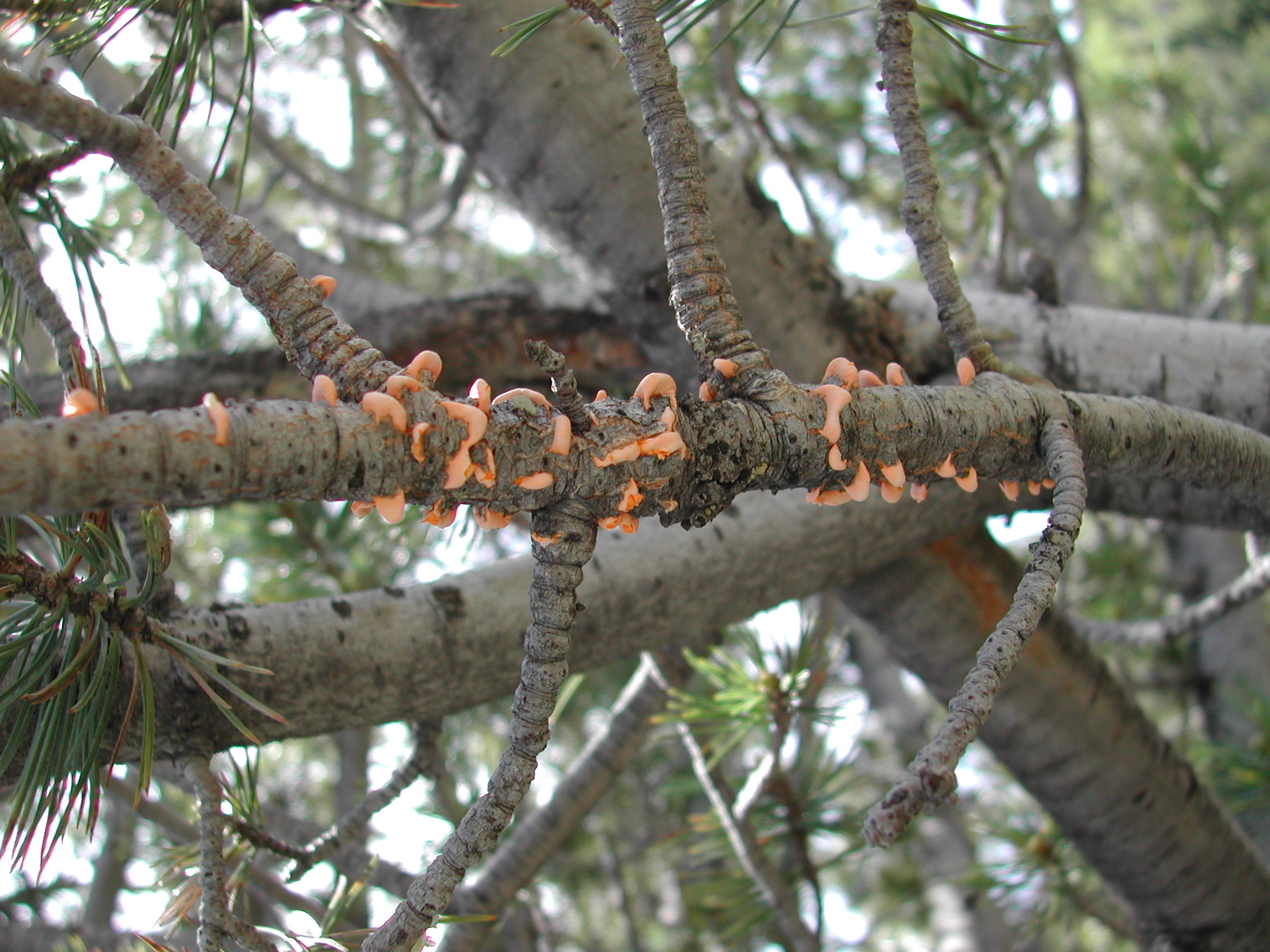
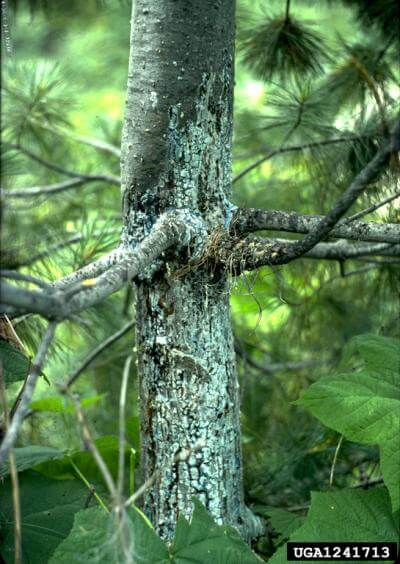
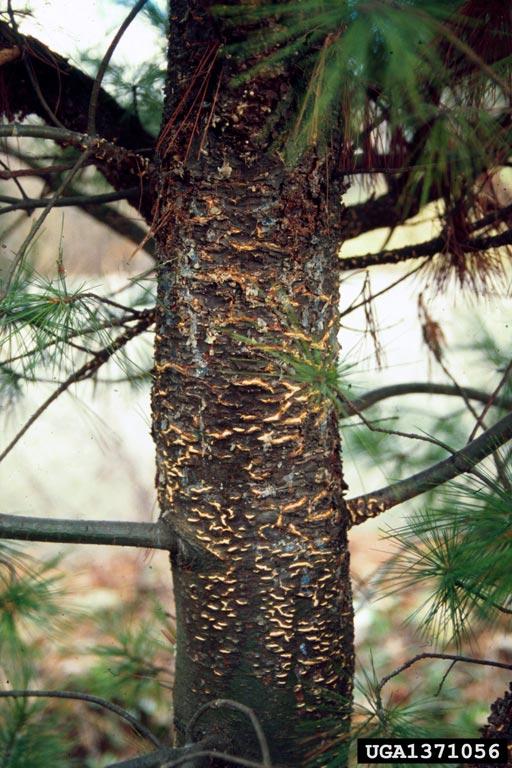


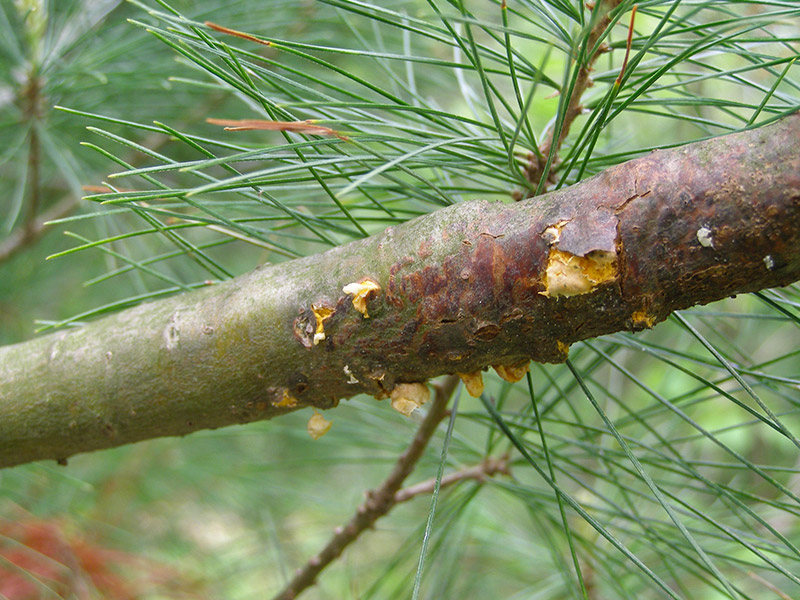


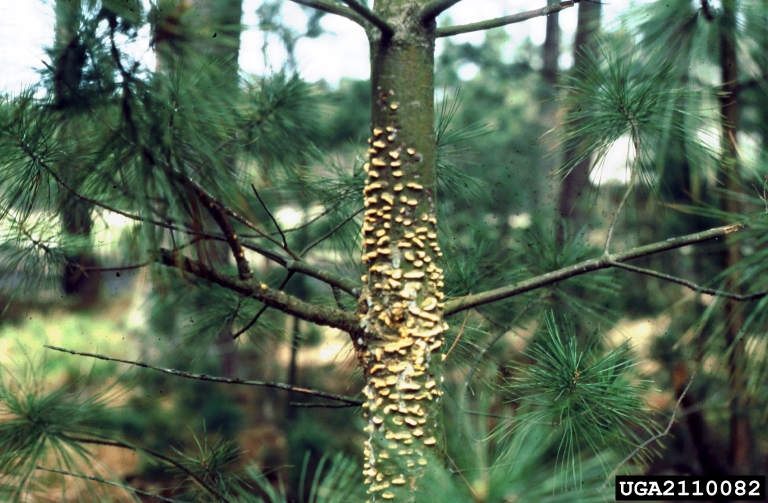


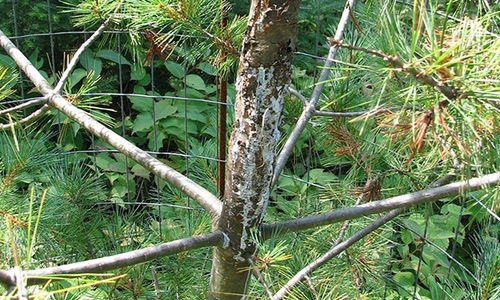
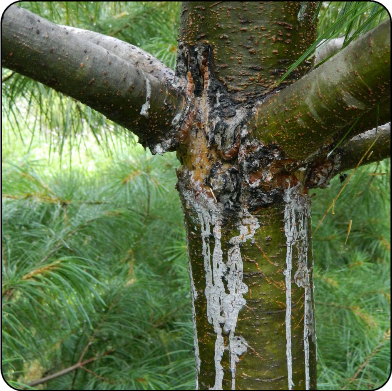
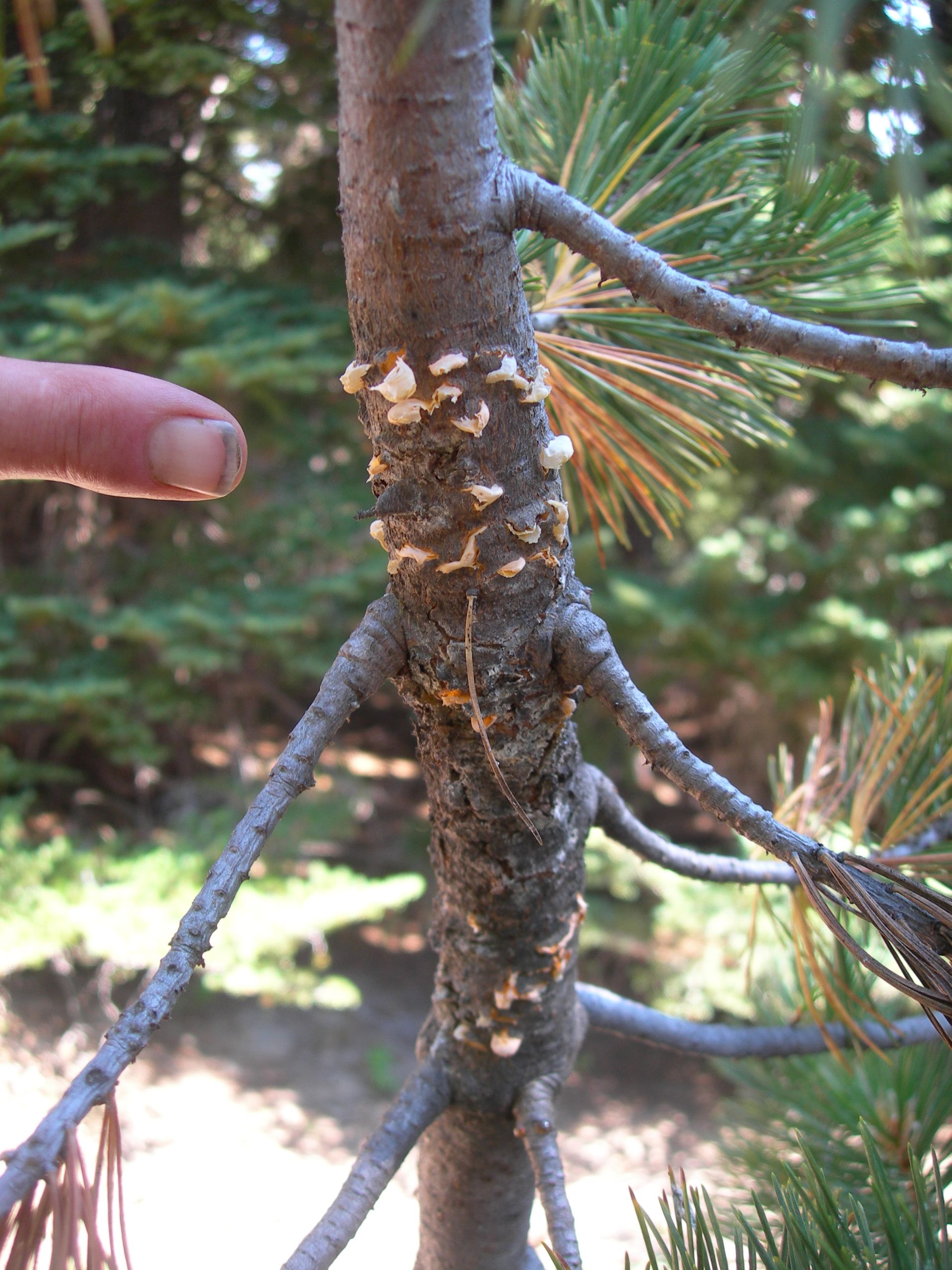




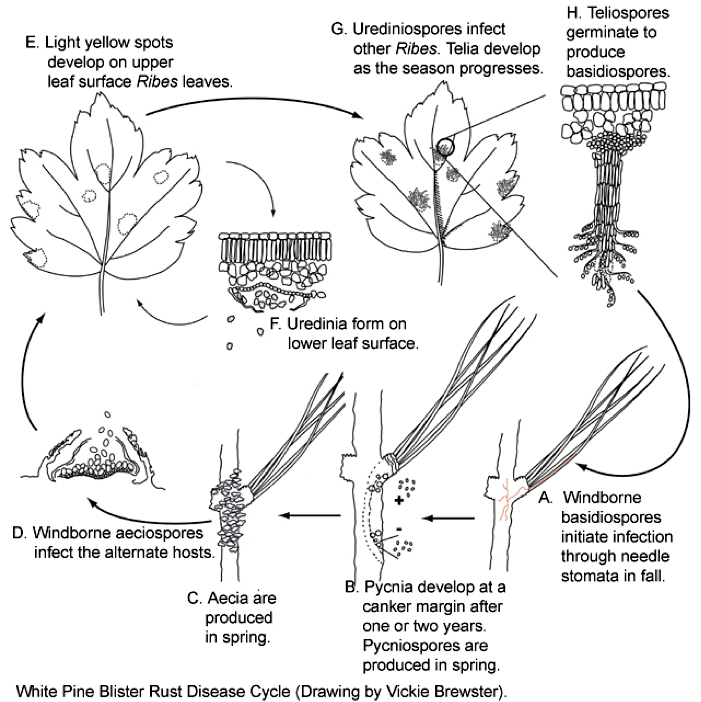



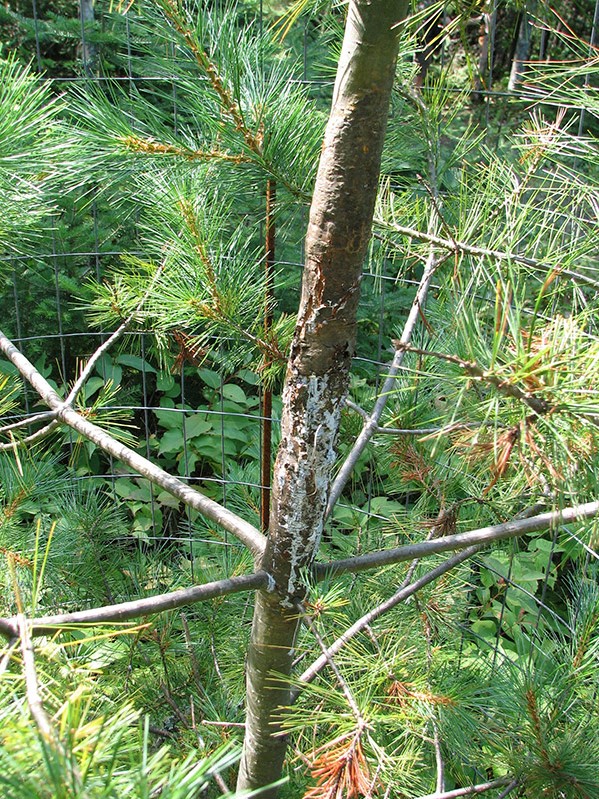

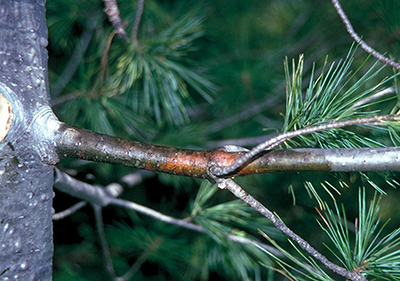



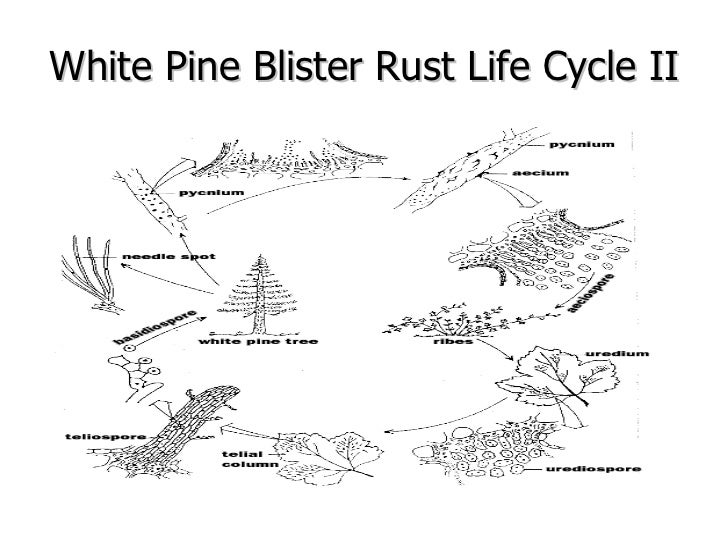



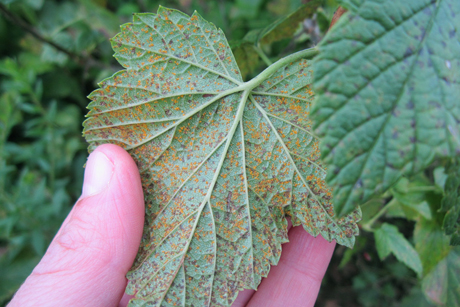
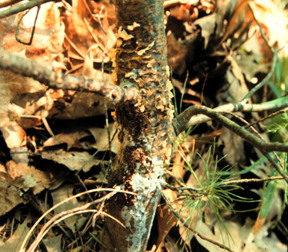


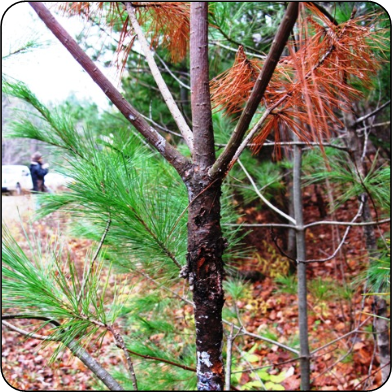
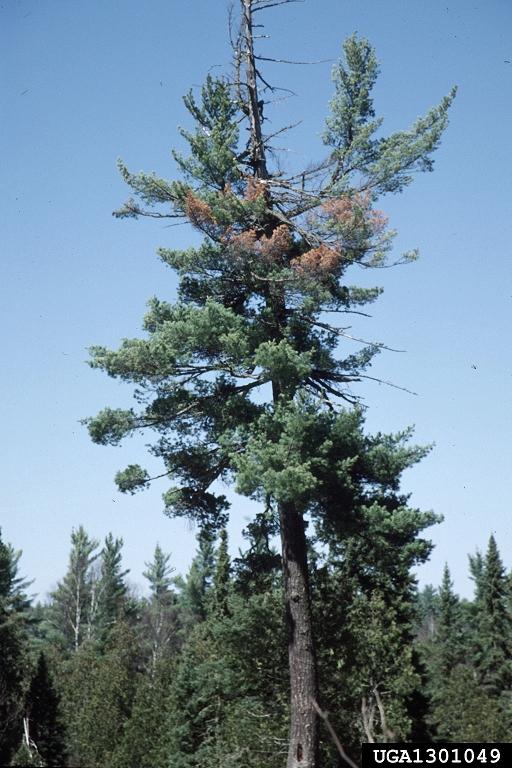





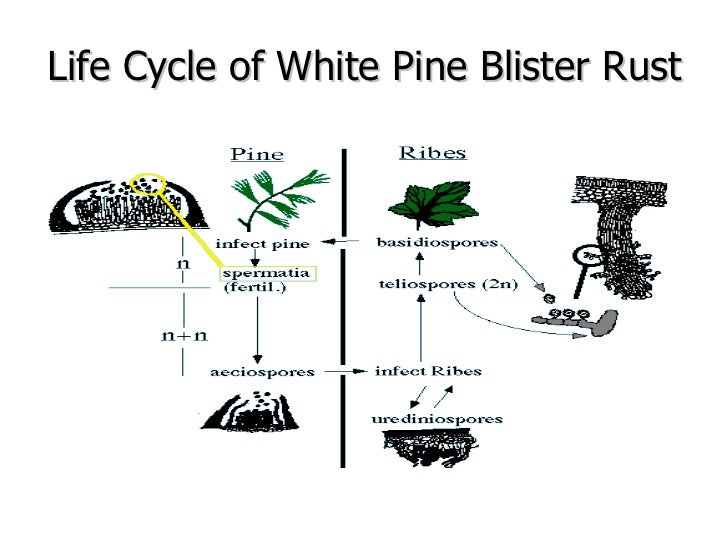

Posting Komentar untuk "Pine Blister Rust Disease"